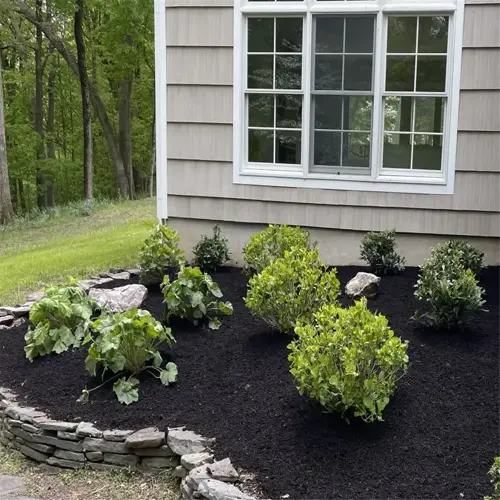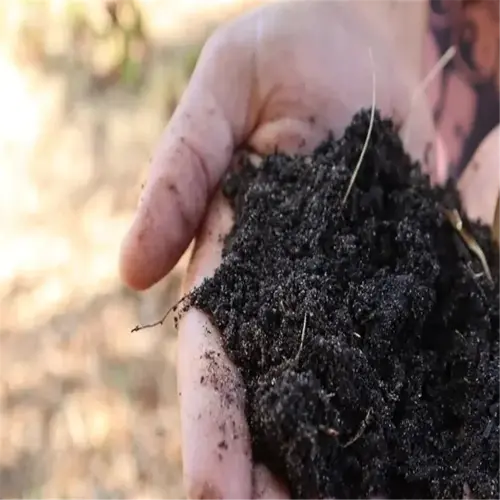Do hydrangeas attract bees?

Written by
Tina Carter
Reviewed by
Prof. Martin Thorne, Ph.D.The native oakleaf hydrangea is a noted bee magnet, displaying conical white blooms. Unlike the gaudy mophead hybrids popular now, this native has fertile florets that produce pollen and nectar that are relatively accessible to the bees. When viewing the plant on a summer morning at peak bee foraging time, I consistently observe bumblebees working the entire cluster of flowers for 10 minutes or more.
Bee-Friendly Types
- Oakleaf hydrangea: Native, cone-shaped blooms June-August
- Smooth hydrangea: Flat clusters with fertile center flowers
- Climbing hydrangea: Fragrant blooms for night pollinators
Avoid These Hybrids
- Mophead: Sterile florets block pollen access
- Lacecap: Few fertile flowers in center
- Double-flowered: Petals obscure nectar guides
Plant oakleaf hydrangeas in dappled shade and acidic soil. Their exfoliating bark adds winter interest while providing a habitat for beneficial insects. One of my clients replaced mopheads with the natives and in two seasons had counted 15 new species of bees, evidence that the structure of the bloom is far more important than the size of the bloom.
Once hydrangeas have finished blooming, prune the plants so they maintain next year's buds. I prune with hand pruners during late August by cutting just above the leaf nodes. Pruning at this time will keep any developing flowers intact, and the cut buds will also have time to heal before frost occurs. This is important to prevent dieback that would reduce food resources for pollinators in subsequent years.
Combine smooth hydrangeas with bee balm and mountain mint to create multi-layered pollination stations. The broad leaves of the hydrangeas will create a cool microclimate during heatwaves and the companion plants will provide pollinators with a food source from dawn until dusk.
Read the full article: Top Native Pollinator Plants for a Healthy Ecosystem

